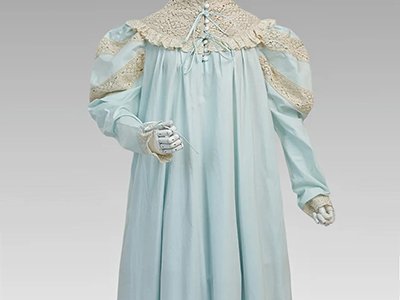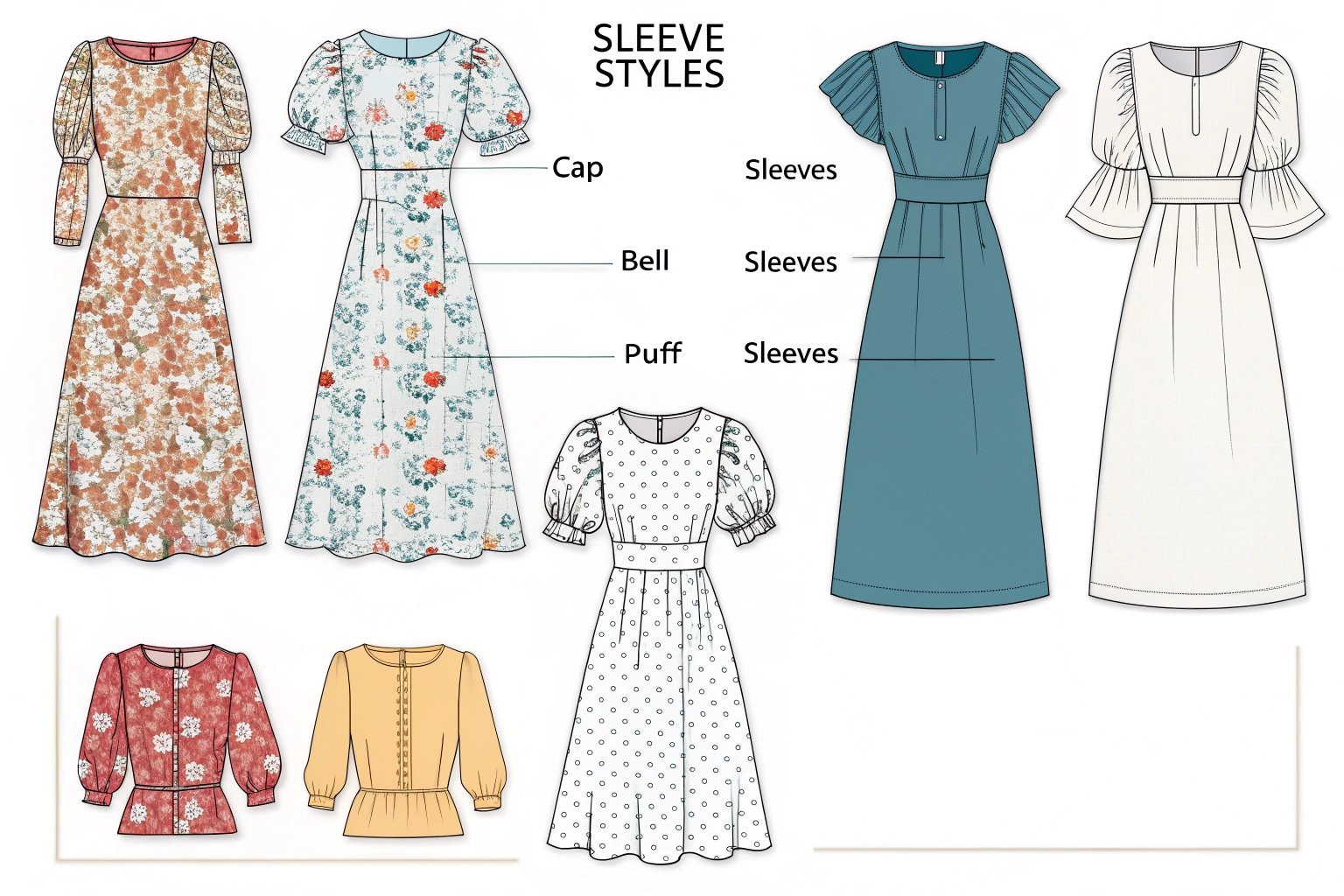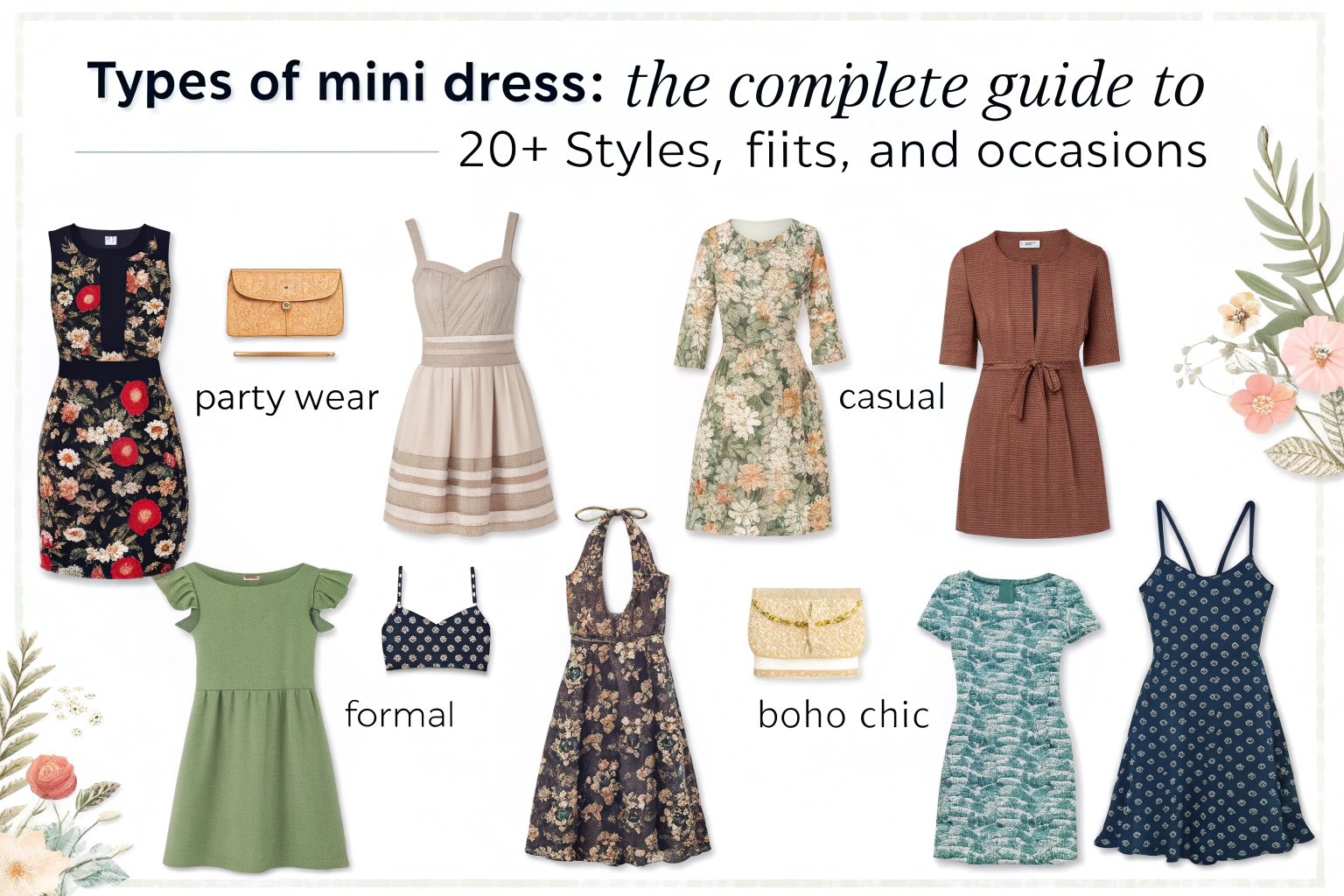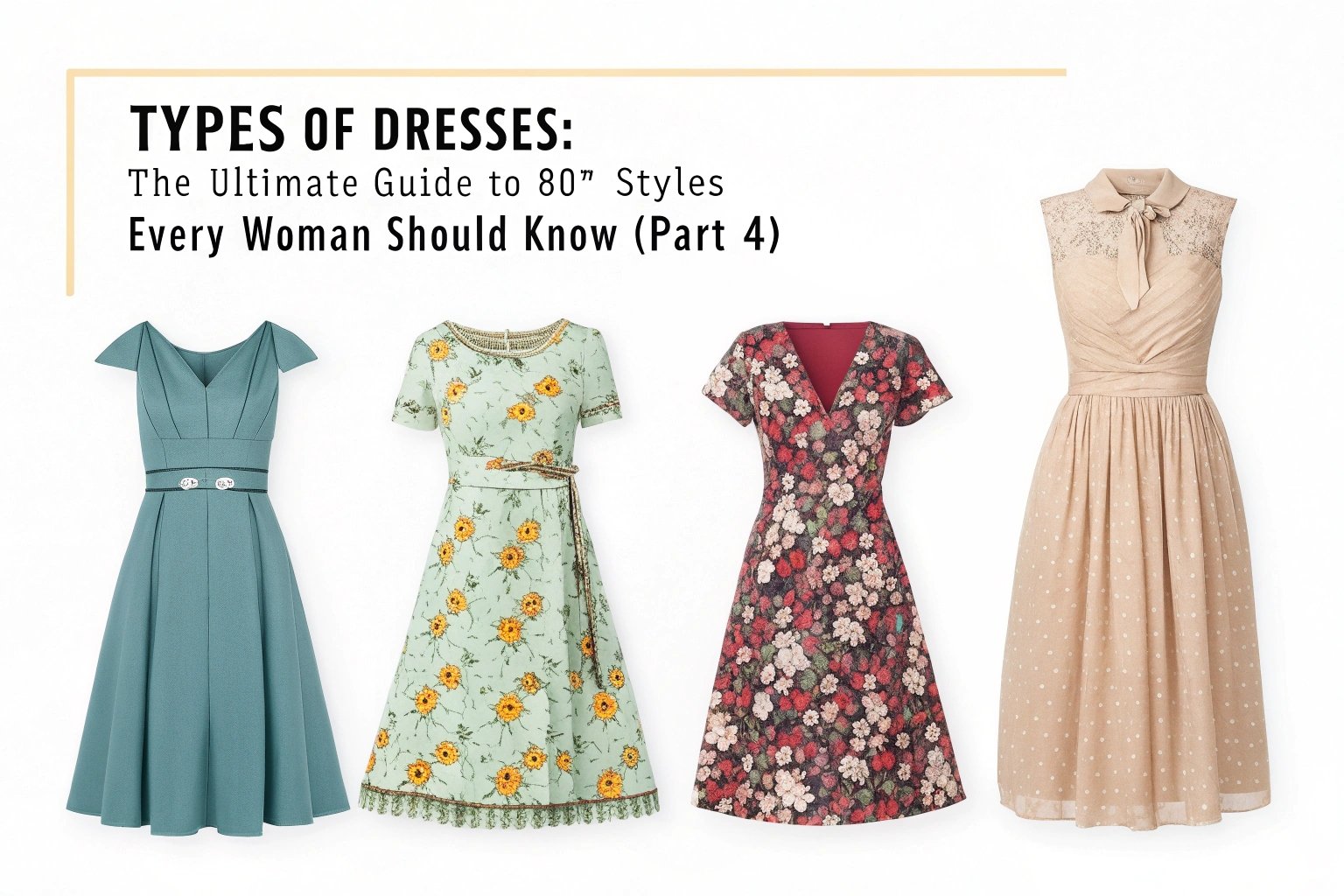Confusion around sleepwear terminology isn’t just a consumer issue—it affects how we, as manufacturers, communicate with global buyers. Especially in the women’s fashion space, where product positioning and trend clarity directly impact sales.
A night dress usually refers to a more casual, short-length sleepwear piece, while a night gown often implies something longer, more elegant, and traditionally styled.
We’ve seen that these subtle differences can shape everything from fabric selection to marketing visuals. Let’s break it down clearly for brand buyers.

Why does the distinction between a night dress and night gown matter?
The two terms may sound interchangeable, but they’re perceived differently by consumers.
The distinction influences buyer expectations, target demographics, and even seasonal relevance for collections.
From our factory’s perspective:
- Night dresses: Often casual, short, trendy, and made with cotton or modal.
- Night gowns: More luxurious, full-length, flowy, often satin or chiffon, sometimes with lace.
How does design silhouette impact garment classification?
Cut and shape often define whether something feels like a “dress” or a “gown.”
Night dresses are usually mid-thigh to knee-length and resemble daywear silhouettes. Night gowns are typically floor-length or calf-length with more volume or flare.
Popular design features:
| Feature | Night Dress | Night Gown |
|---|---|---|
| Length | Short or mid-length | Full-length or mid-calf |
| Neckline | Scoop, V, or round | Often deeper, occasionally square |
| Details | Simple hems, minimal adornment | Lace trims, embroidery, pleats |
| Function | Casual sleepwear, lounging | Formal sleepwear, bridal collections |
Are there regional preferences for each type?
Absolutely. What sells in Australia might flop in Germany.
Night gowns are more popular in conservative or older demographics, while night dresses dominate Gen Z and millennial markets.
Regional breakdown:
- North America: Mix of both, but younger buyers prefer night dresses.
- Australia: Lightweight night dresses in modal or cotton are top sellers.
- Middle East & India: Long night gowns preferred for modesty.
- Europe: Boutique buyers often request retro-inspired gowns with modern fabric blends.

How do fabric choices vary between night dresses and night gowns?
Fabric selection sets the tone for the garment’s price point and brand identity.
Cotton and modal dominate night dresses, while satin, silk, and chiffon define the luxurious appeal of night gowns.
Our material matrix:
| Fabric | Ideal for | Reason |
|---|---|---|
| Cotton | Night dresses | Breathable, cost-effective, casual |
| Modal | Night dresses | Soft, stretchy, trend-friendly |
| Satin | Night gowns | Smooth, glamorous, premium visual appeal |
| Silk blends | Night gowns | Natural sheen, breathable but luxurious |
| Chiffon | Night gowns | Flowy, sheer overlay aesthetics |
Which style aligns better with seasonal trends?
Night dresses respond faster to trend shifts.
Night dresses offer high turnover potential, perfect for fast-fashion cycles. Night gowns often align with slow fashion or occasionwear.
Seasonality notes:
- Summer: Cotton/modal night dresses dominate.
- Winter: Longer gowns with fleece lining or brushed modal see higher demand.
- Holidays: Satin gowns in rich jewel tones or bridal whites are common.
What should fashion buyers consider when sourcing either?
Clarity around terminology avoids sample mistakes and buyer dissatisfaction.
Buyers should clearly communicate silhouette preferences, target market, and fabric expectations when requesting either style.
Our recommendations:
- Use reference images with each style request.
- Mention exact length and neckline preferences.
- Consider whether your customer base favors comfort, elegance, or both.

How do pricing and MOQ differ between these categories?
Luxury materials and design details affect both unit cost and production minimums.
Night dresses are generally more affordable and offer lower MOQs, while night gowns—due to their length and fabric—carry higher costs and slightly higher minimums.
MOQ comparison:
| Style | Typical MOQ | Cost Impact |
|---|---|---|
| Night Dress | 100 pcs | Lower due to fabric type |
| Night Gown | 150 pcs | Higher due to fabric use, embellishments |
What role does branding play in choosing between the two?
Brand identity heavily influences which sleepwear category fits.
Night dresses pair well with lifestyle and minimalist brands, while night gowns suit luxury, bridal, or vintage-inspired labels.
Branding direction tips:
- Minimalist brands: Modal or ribbed cotton night dresses
- Luxury labels: Silk-trimmed or pleated satin night gowns
- Bridal collections: Chiffon or lace-accented night gowns
- Youth-focused brands: Cute prints, short length, jersey night dresses
Are hybrid designs becoming more common?
Yes—blending the two creates pieces that are versatile and commercially appealing.
Designs that fuse the structure of night gowns with the ease of night dresses cater to a wider audience.
What we’re producing more of:
- Knee-length satin dresses with adjustable straps
- Modal gowns with built-in bras and soft lace
- Shirred or elastic mid-length styles in bamboo cotton
Conclusion
Understanding the difference between a night dress and a night gown helps fashion buyers build more targeted, successful collections.
The right choice depends on fabric, silhouette, market trends, and brand identity.
We help brands navigate these decisions with precision, from sampling to production.









